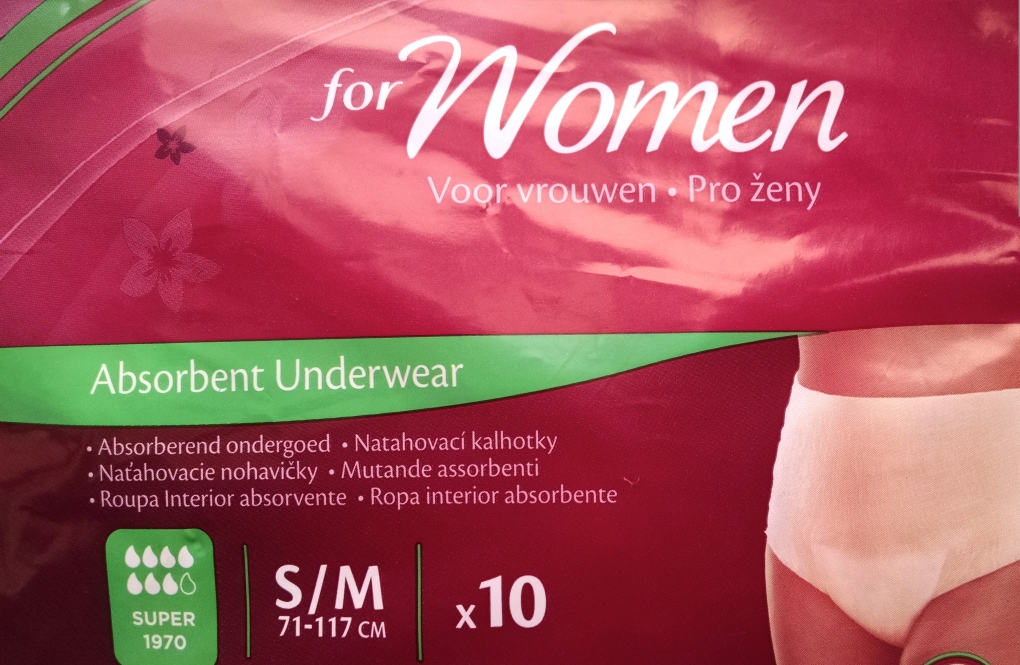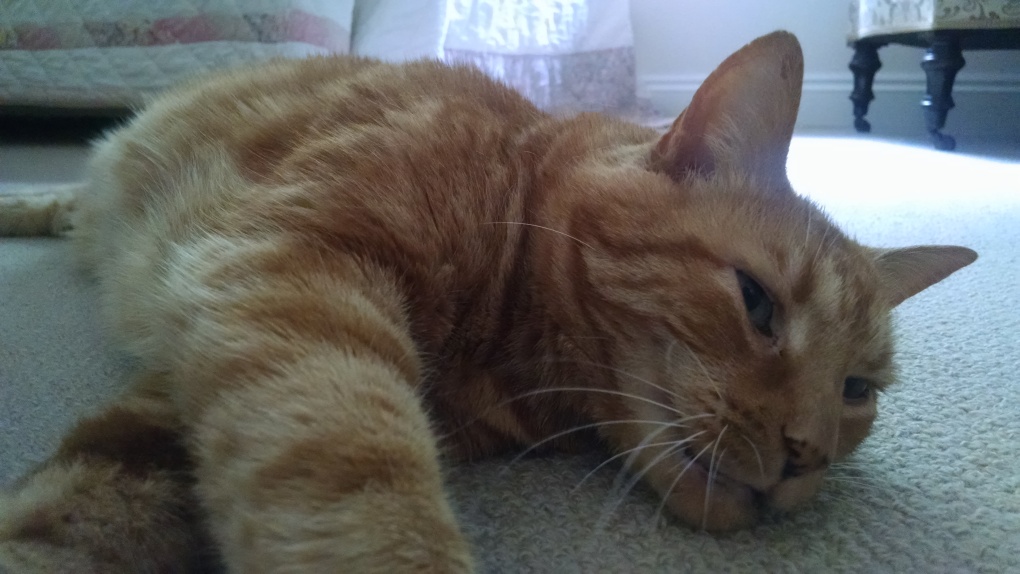This story started off as a writing exercise: a re-writing and updating of a Cornish myth, the idea being to concentrate on the words themselves as the structure would be loosely based on the original story. And here it is, saffronbunny’s first foray into fiction:
 This was wide country that fell into the sea, shaped by shipwrecks, hemmed by gorse and laced with arterial shafts that bore down deep. A canopy of sky framed skittering clouds and dotted like hope on shining waters, fishermen waited. There was a stillness where the herring had once swarmed; a silence where the mines had groaned with men, and only the shadows of gigs ran the waves.
This was wide country that fell into the sea, shaped by shipwrecks, hemmed by gorse and laced with arterial shafts that bore down deep. A canopy of sky framed skittering clouds and dotted like hope on shining waters, fishermen waited. There was a stillness where the herring had once swarmed; a silence where the mines had groaned with men, and only the shadows of gigs ran the waves.
In this piratic region, the Caercouches farmed still: scrubby sheep that smelt of the salt of the sea. There was Eileen, old Don (ald), his son (and hope) Goron who was married to Portreen, and their beautiful daughter, Agnes.
Next door to the Caercouches lived the Bolsters. Their love over the years had been weathered grey like the cladding of roofs. So long had it been since Mrs Bolster felt the softness of her husband’s touch that she was sure it had always been that way. The giddy slide of the wedding ring onto her finger 30 years ago was now a granite quoit around which her flesh had learnt to grow and fit, distorted and pale.
Mr Bolster would fling his supper onto the floor if he couldn’t taste the salt. Agnes thought his taste buds had probably died with the love he no longer showed his wife. Tonight it had been pepper. She’d forgotten to sprinkle white pepper into the pasties and he’d thrown them right back at her, shattering the kitchen wall into shards of shortcrust and grey brick.
“Get up that hill and take them there stones with ‘ee!”
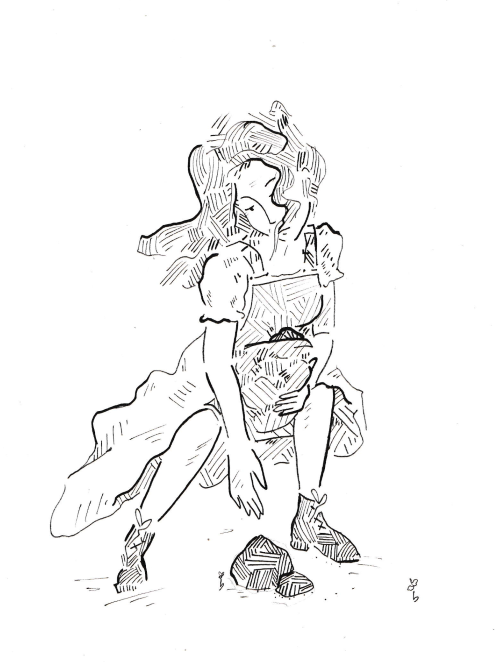
Mrs Bolster bent to the stones as if harvesting food or flowers and filled her apron until it bulged in a foetal round and she could carry no more. She dragged the body of stones to the top of the beacon, unloading them one by one with a gentle care, like little children. Out of view of her husband, she stalled a little, shifting the stones tenderly until each pile was the same height and roughly the same distance apart. Catching her balance, she looked back down at him, his mouth opening like the yawn of hell, emitting vowels that flapped on the wind like a lost soul: “…in ..eee…ere…o”. She grabbed at a nearby cloud, stuffed it into her mouth and sucked the rain from it.
The wind changed direction and his words flew up at her: “Get back down that bleddy hill woman! That’ll learn ‘ee, to think that you could forget the pepper in a pasty, you ain’t Cornish, woman, I sweared you was born on the other side of the Tamar! Bleddy English!” he bawled, scattering fishing boats and sending herds of sheep over the cliff with his anger.
Mrs Bolster sighed and the trees bent away from her, caught in a tempest of halitosis.
Mr and Mrs Bolster were chimney stack tall, freaks from a tribe that had long ago died out in these lands. As Mr Bolster stared at the swinging backside of his wife eclipsing the sun from his face, the clouds and an occasional bird raced across his body like a projected film. The only narrative he knew was livestock and slaughter, the whole bloody circle. He was god of the bovine beating hearts that filled his fields and lord of the land that ran until the sea began. While his height was legendary, his intolerance of his wife was mythical.
The castigation was rarely violent, although he had it in him – a deep knotted red that could spill out through his arms in an arc of destruction, relentless, Greek, gargantuan.
His grasping, Nosferatu fingers twitched to pull her down again and teach her a proper lesson but he grew bored before she reached the bottom. What he desired was much, much smaller. Petite. Tiny Diminutive. He’d grown sick of being tall: the constant stooping; the crushing of a sheep in a footstep, the rattling of a buzzard caught in his ear: the earth in a bell jar. The woman he wanted couldn’t be heard across oceans, she whispered with the piskies and hid behind tiny doors; she could pluck flowers with fingers as delicate as a spider’s leg.
He turned away from his wife.
“Agnes! Agnes!”
Agnes paused, holding both hands up as if in devotion to the skies but instead of religion in her heart, she held two clothes pegs and a damp shirt that moved body-less to the breeze.
It was him again.
The clothes would wait and besides, it looked like rain. She began to cram them back into the basket, not bothering to fold them this time and as she did so, his fingertip, as tall as she was, traced the length of her body. She stumbled forwards, speaking with care, for he could crush her with just a flick of his forefinger.
“Mr Bolster! How be we on this wet and windy day? What can I ‘elp ‘ee with?”
“Help? You talk of help? Help me with your eyes, your lips, body, arms, help me Agnes!”
A familiar nausea rose up inside her until it became an ache in the back of her head, hardening her a little more each time she saw him.
“But Mr Bolster, you have a wife! It isn’t right to keep on to me in this way! Think of her, what must she be thinking?”
“Don’t think on her Aggie, she is nothing, I feel nothing for her and haven’t for years, don’t let her come between us!” His breath was hot and licked her whole, so that her limbs, no more sturdy than the trembling legs of a new-born calf, wavered at the horror of it. His gash-red mouth was near now, opening at the taste of her, warming the air around her.
She dropped a shirt and it whipped past his ankle like a mote of dust. Flailing her arms in a cobweb of desperation, her own helplessness hardened the resolve deep inside her tiny heart.
“Prove it!”
He faltered at the open invitation.
“If you love me, I want you to show me before I can love you back.”
“Anything Agnes, anything so I can hold ‘ee, taste ‘ee… ,” his words were lusting gusts now, pulling her hair back from her temples. She had to think quickly. He would surely kill her by accident in the heat of his desire. She led him to the gorse-studded belt of cliff at Chapel Porth where a hole as big as his hand ran black into the earth.
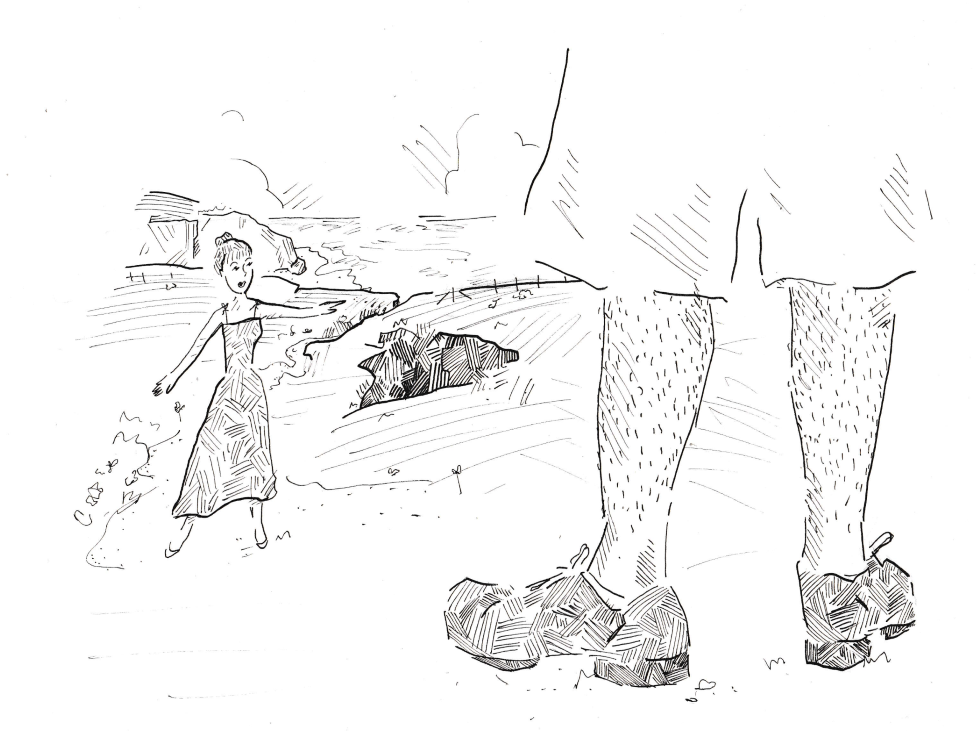
“Fill it!”
“Why ‘tis easy to fill my little love!” and he rammed his wrist deep inside, “Now can you love me?”
“No. You must fill it with your blood.”
He stared at her, then at the sea which winked back at him, flashing slices of light that amplified the beauty of her.
He pulled out a knife that had known the broken limbs of dying sheep, the umbilical cords of lambs and he flicked it along the ley line of his vein, turning the wrist downwards so that the redness was captured in the earth. Again he looked at her, his eyes softening with the rush of blood away from him, but it wouldn’t be long now and he wanted her.
She smiled but he couldn’t talk.
“Come for me on the beach when it’s filled. I’ll wait for you.”
He watched as her tiny nut-like head traced the contours of the coast, until he could see no more. She hit soft sand and saw it: the sea incarnadine with the life of the giant. There was no-one now to slow her down with love. She kicked at the sand, smiling at the grains that sprayed back at her and breathed in the distant line of the horizon.
The hole led not into the finite confines of the earth but into the ceaseless sea; the same sea that whitened the bones of the dead, wiped clean the trajectories of ships and now slowly sucked back and forth the spool of red that spilled from a thwarted lover’s heart.
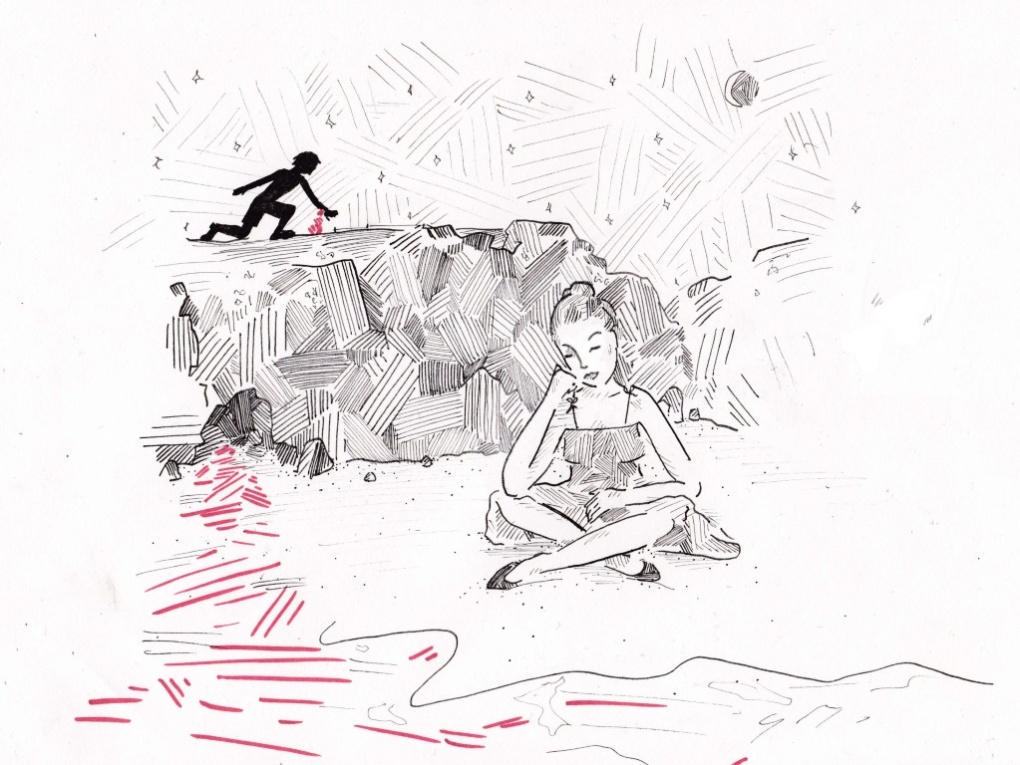
The hole at Chapel Porth retains the blood colour of the giant’s love for Agnes.
St Agnes’ church takes the name of the woman who defeated the giant.
An alternative, more popular version of the tale is celebrated every year in St Agnes on Bolster Day (May 1) which presents the giant as a child-eater who is eventually challenged to a fight to the death by Sir Constantine, a local knight, but Agnes, who he is in love with, is the only one to defeat him.
Images by Nicole Jones.
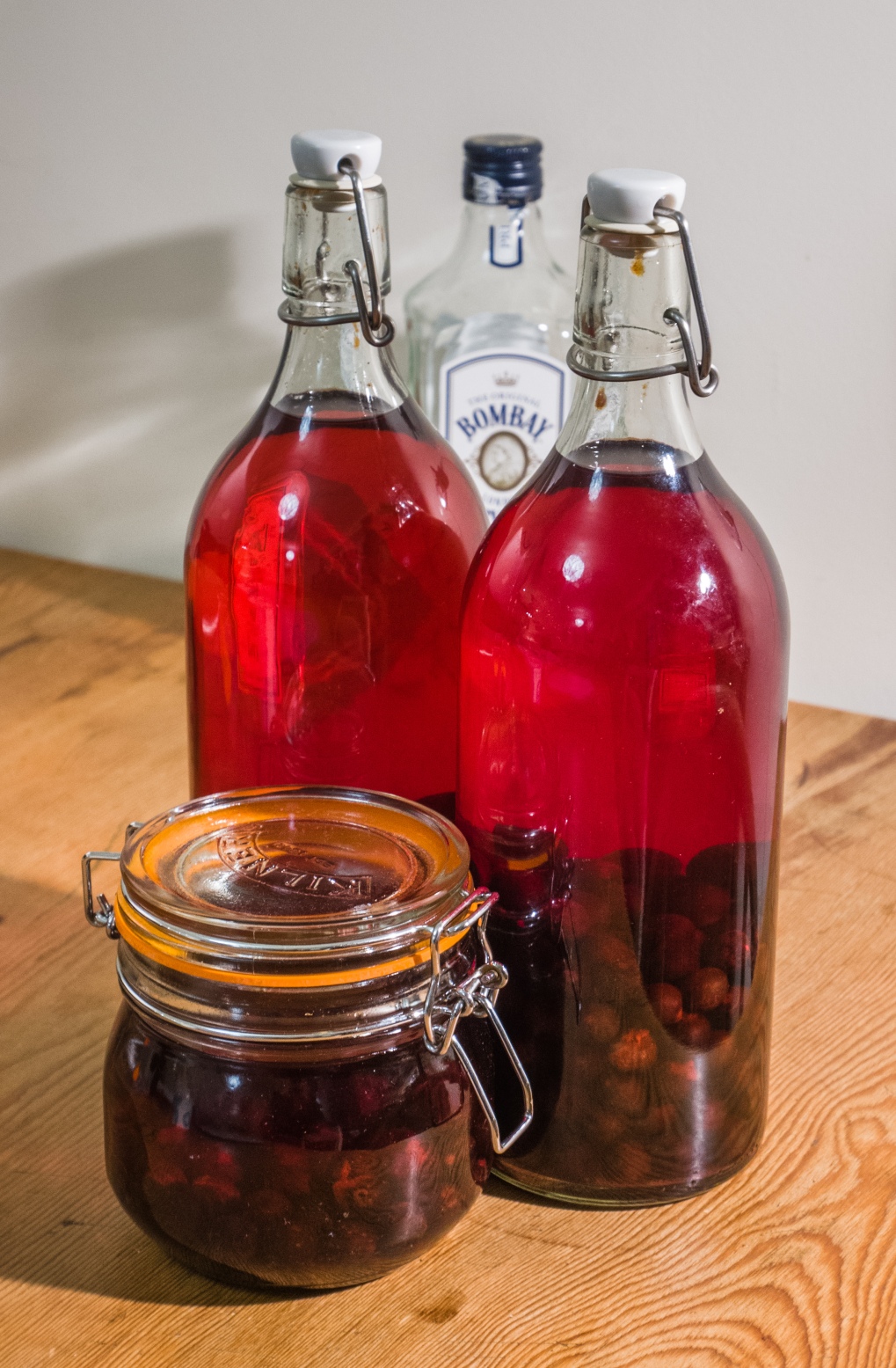 If you’ve got an empty bottle, a blackthorn bush, probably best to get some gloves too and it’s looking like autumn, you’ve got all the ingredients to make sloe gin. Once touted as the poor person’s substitute for port, what was once a rural hobby has now become a serious spirit.
If you’ve got an empty bottle, a blackthorn bush, probably best to get some gloves too and it’s looking like autumn, you’ve got all the ingredients to make sloe gin. Once touted as the poor person’s substitute for port, what was once a rural hobby has now become a serious spirit.

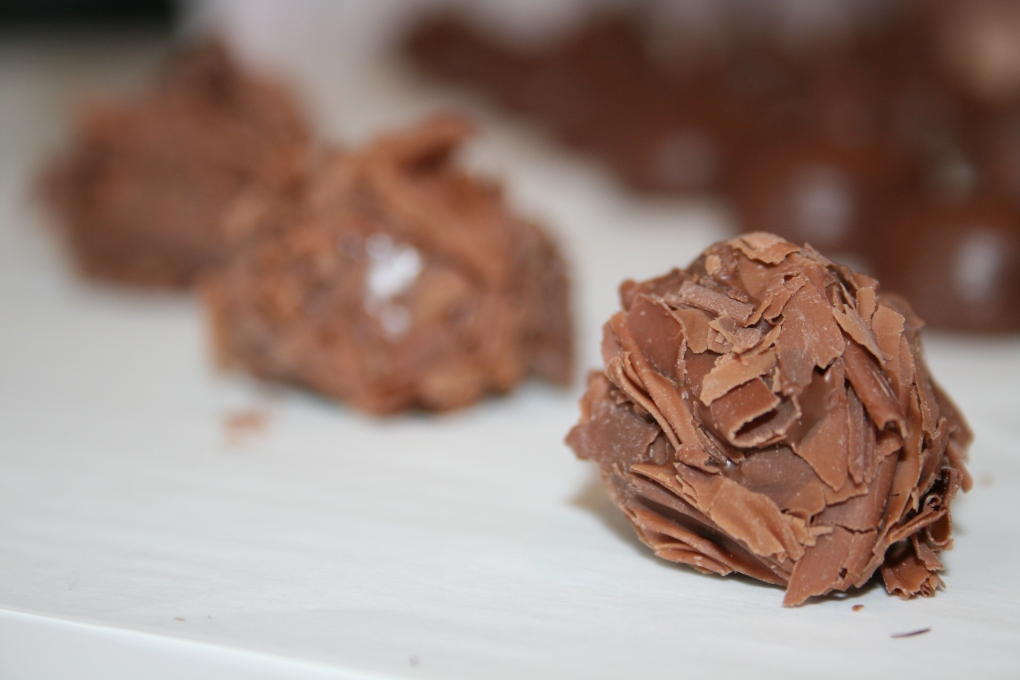
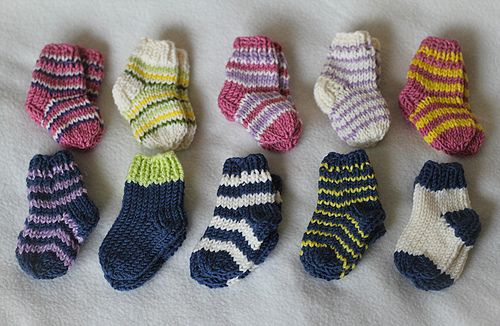

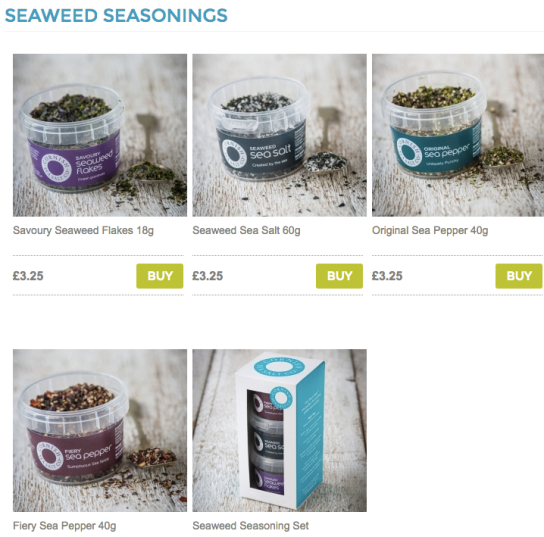

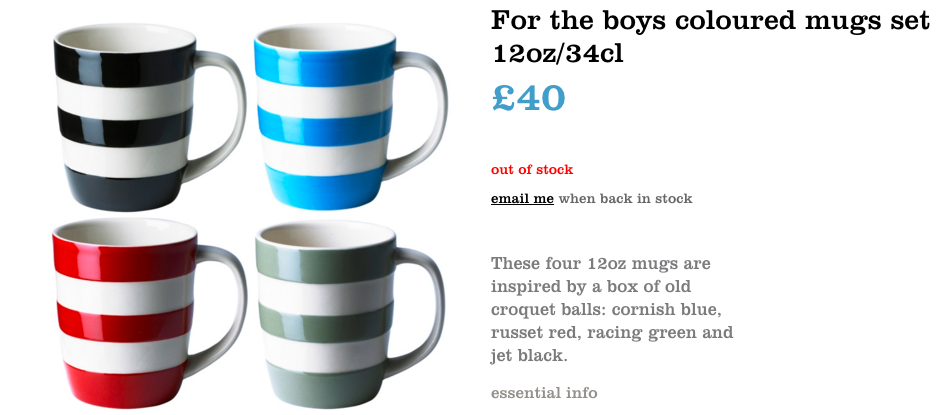
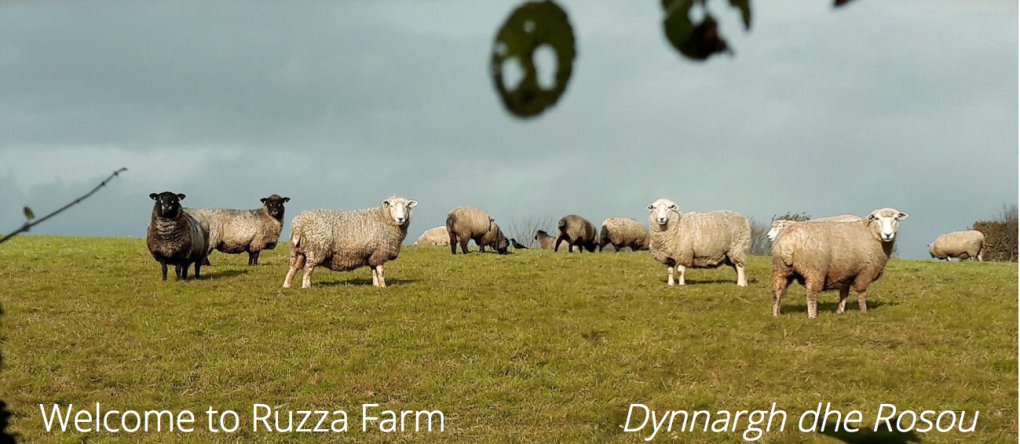

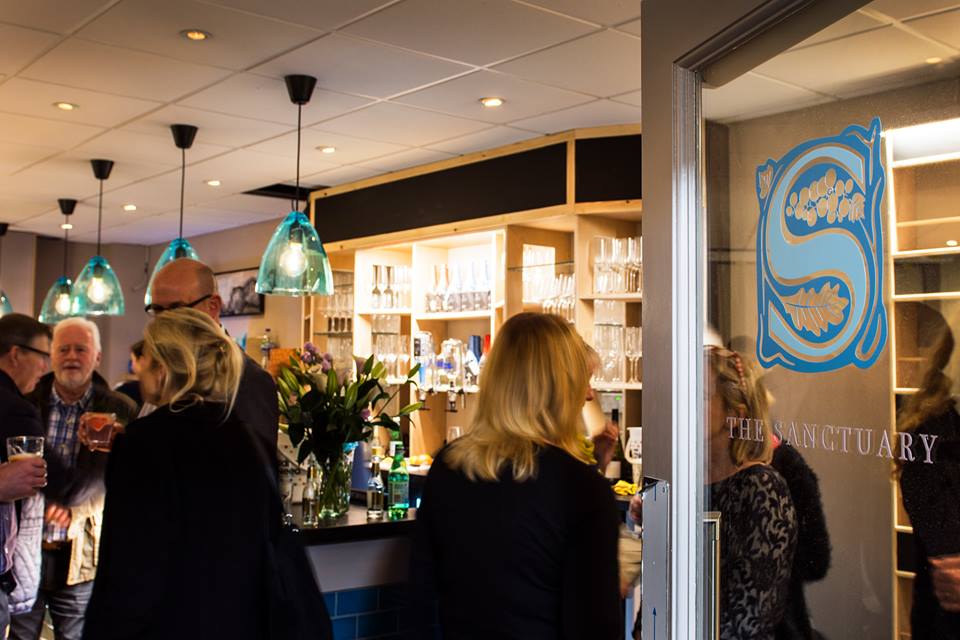

 Help me out here mums and non-mums. Just so we all know what we’re talking about – baby-led weaning is giving your little one, from a very young age, whatever it is you happen to be eating (although some foods at a young age are still a no-no, best to check these) and letting them get on with it. Literally. A sort of finger buffet if you like. If you’re eating spag bol then you lump a pile of spag bol in front of them.
Help me out here mums and non-mums. Just so we all know what we’re talking about – baby-led weaning is giving your little one, from a very young age, whatever it is you happen to be eating (although some foods at a young age are still a no-no, best to check these) and letting them get on with it. Literally. A sort of finger buffet if you like. If you’re eating spag bol then you lump a pile of spag bol in front of them.
 This was wide country that fell into the sea, shaped by shipwrecks, hemmed by gorse and laced with arterial shafts that bore down deep. A canopy of sky framed skittering clouds and dotted like hope on shining waters, fishermen waited. There was a stillness where the herring had once swarmed; a silence where the mines had groaned with men, and only the shadows of gigs ran the waves.
This was wide country that fell into the sea, shaped by shipwrecks, hemmed by gorse and laced with arterial shafts that bore down deep. A canopy of sky framed skittering clouds and dotted like hope on shining waters, fishermen waited. There was a stillness where the herring had once swarmed; a silence where the mines had groaned with men, and only the shadows of gigs ran the waves.


